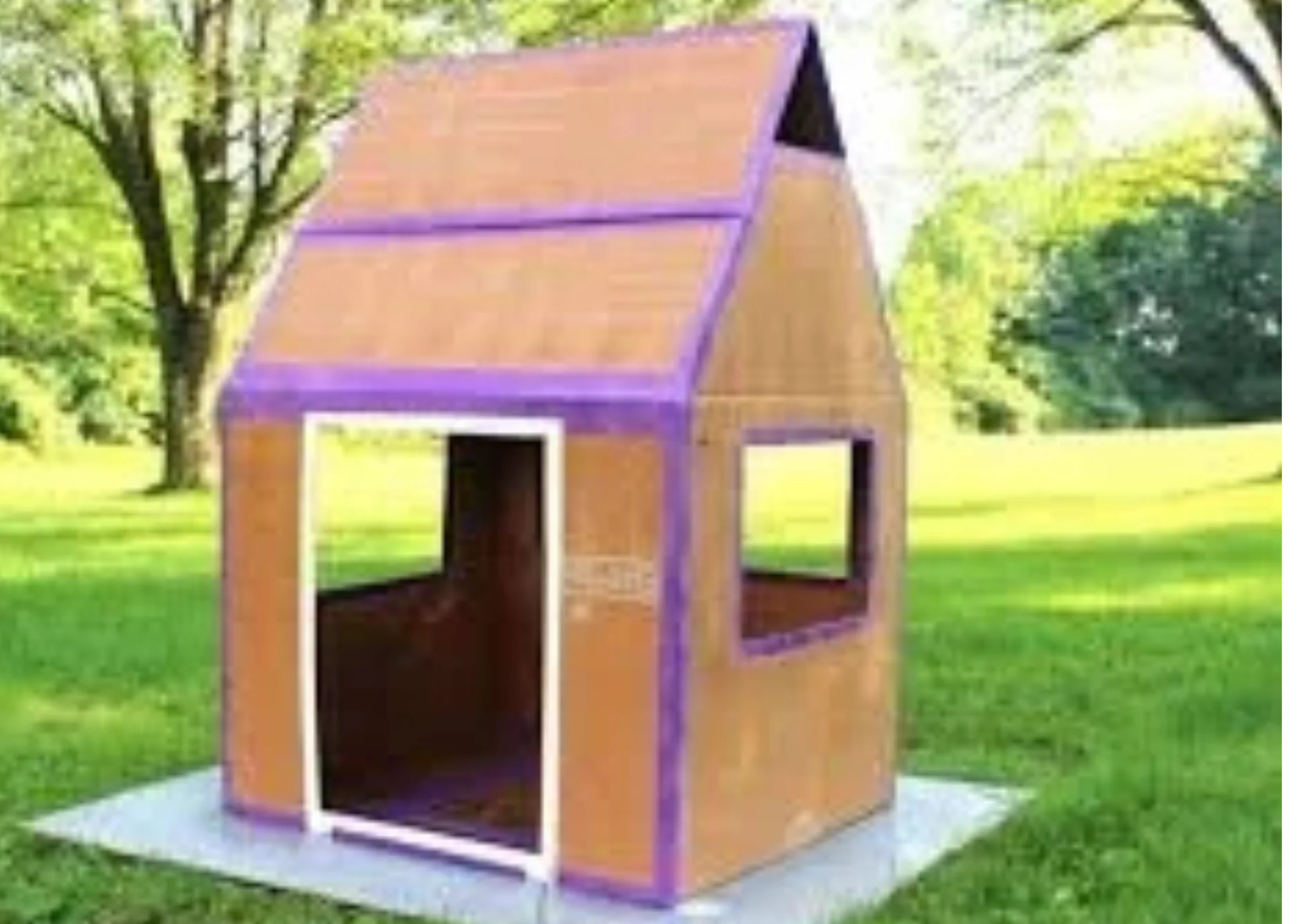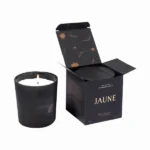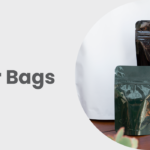Delivering packages under damp conditions, such as rain or heavy humidity, can destroy the packed items. Therefore, it is essential to take proper measures to avoid this situation. Several handy methods can prove beneficial to making packaging boxes waterproof in such scenarios.
PVA Glue Coating
The PVA glue coat gives a waterproofing touch to some extent, which is adequate for most everyday use. However, this coating is resistant to only 3-4 cycles of damping and drying. First, prepare the area where you have to work. Place the box on the protective layer. Mix one piece of glue with one segment of water. Cover the box with a single coat of PVA glue. Let the layer dry for several hours. Then check if it’s dry.
After two or three hours, apply a second layer of the PVA stick mix. Finally, apply a layer beneath the box and let it set for some hours. For a third coat, set up one more mix with two segments of PVA and one portion of water. This is an undeniably engaged glue mix. Again, apply the mix and let it dry for a few hours. As of now, you ought to see a shining appearance on the cardboard surface. Go over a comparative strategy once, and this time offer mindfulness regarding the edges, corners, and inside the cardboard box.
Polyurethane Coating
Another impressive method is a polyurethane covering or a clean sprinkler sealer shower to make cardboard waterproof. These protective layers are harmless and should constantly be finished in an open space. Additionally, the coatings are ignitable, which makes space ventilation progressively essential. First, put on a layer manually, for instance, with gloves and goggles. Then, lay a sheet of plastic on the ground. Put cardboard boxes on the plastic sheet, and spread the material onto them. Put the shades in a separate can and shake them well to mix the hues perfectly. Next, apply the layer of the mixture to the box. Do not apply a thick layer; sprinkle the mixture and let it dry for some time. After covering the surface thoroughly, focus on coating the corners.
Fiberglass Resin Coating
One of the most prominent waterproof coverings is Fiberglass Resin Covering. Its adhesiveness is not only restricted to cardboard, but it can make a large variety of materials waterproof. For instance, glass, metal, plastic, etc. Prepare the work zone by spreading sheets of plastic or cloth on the floor. Choose an airy area to work because of the heavy presence of chemicals and extreme stickiness.
Place the cardboard box on the silicone sheet. The gum hardens immediately after application. Then, make sure to put on genuine security gear, for instance, versatile gloves and goggles. Mix the polyester sap with force, since it sets in a few minutes. Mix 12 drops of the resin for each ounce of the pitch. Use a brush to apply the sap mix onto the cardboard surface. In the primary cluster, complete off-layering of the outside surface of the cardboard box. Next, apply sufficient gum so that it enters the cardboard box. Let it dry for about 24 hours before applying the second bunch of the sap, and then let it dry for another 24 hours.
Paraffin Wax Coating
Laying paraffin wax on cardboard boxes has been the most widely and commonly used waterproofing method. Anyway, it is not as solid as the other waterproof layers because of its low adhesiveness. Prep the workstation by fanning out plastic sheets and laying them over the old paper on the floor on which the cardboard box will sit.
Pour several downers of water into the base pot of a two-pot. Put the desired ounces of paraffin wax on the top pot. Set the twofold evaporator pot on low heat and blend the wax continually until it relaxes completely. Use a paintbrush or wipe brush to apply a thin layer of wax inside the outer surface of the cardboard packaging box, by then let it dry for two or three minutes. After the primary layer has dried, apply a second small layer of broken-down paraffin wax, then let it dry for several minutes before using the case.







